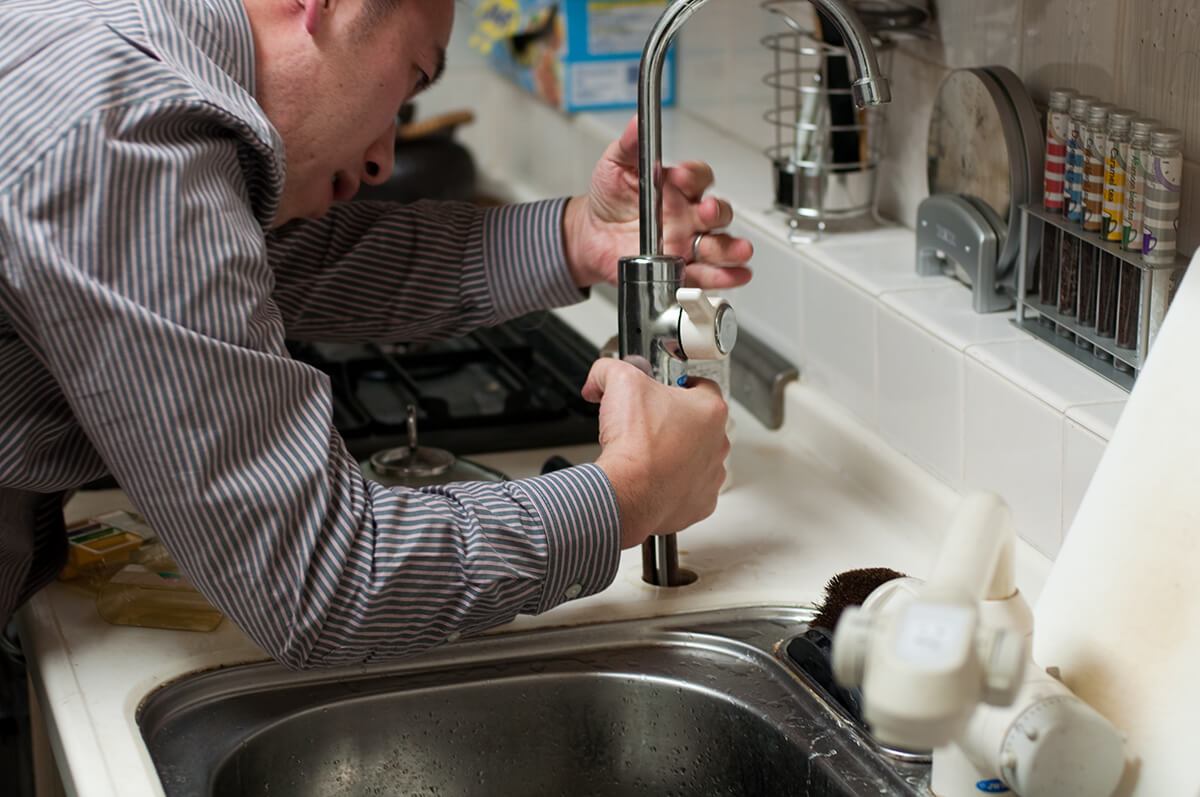
Understanding Water Damage Claims
Water damage to your property can be a nightmare, causing significant property damage and financial strain. When faced with such an unfortunate event, it’s crucial to understand how water damage claims work and what steps you need to take to ensure a smooth claims process. Below are the valuable steps to navigate this challenging situation.
- Act Swiftly: The first and most important step when dealing with water damage is to act swiftly. Time is of the essence, as prolonged exposure to water can lead to further damage and mold growth. Immediately look for the water shut-off valve, and cut off all water flow. The next step is to contact your insurance company to report the incident. After speaking with your insurance company, document the damage by taking photographs or videos to provide to the insurance company for your claim. Keep any damaged or faulty pipes, fittings, valves, etc. for inspection by the insurance company.
- Review Your Policy: Take the time to review your insurance policy and understand what it covers regarding water damage. Standard Businessowner’s and Homeowner’s insurance typically covers sudden and accidental water damage caused by burst pipes, faulty appliances, or severe weather. However, it may not cover water damage resulting from negligence or lack of maintenance. Understanding your policy’s limitations and exclusions will help you understand what to expect during the claims process.
- Mitigate Further Damage: While waiting for the insurance adjuster to assess the situation, it’s important to mitigate further damage to your property. Take reasonable steps to prevent additional water infiltration, such as drying out affected areas, and removing any standing water. Keep a record of your mitigation efforts, including receipts for any necessary repairs or services.
- Document and Inventory: Thorough documentation is crucial for a successful water damage claim. Make a detailed inventory of the damaged items, including their estimated value and age. Keep receipts, invoices, and any other relevant documents related to repairs or replacement costs. This information will support your claim and help expedite the reimbursement process.
- Communicate Clearly with the Insurance Company: Maintain clear and concise communication with your insurance company throughout the claims process. Provide them with all the necessary information, including your contact details, policy number, and details about the incident. Be prepared to answer any questions they may have and provide additional documentation if required.
- Work with Professional Restoration Services: Engaging the services of a professional water damage restoration company can make a significant difference. They have the expertise and specialized equipment to mitigate and repair water damage effectively. Additionally, their documentation and assessment can provide valuable support for your insurance claim. Before you allow the professional restoration contractors to begin, have them meet with the insurance adjustor to agree upon the price of restoration. Do not sign any contract until this happens.
- Understand the Claims Process: Familiarize yourself with the insurance claims process specific to water damage. Learn about the different stages, from the initial assessment to the settlement offer. Ask your insurance company for a clear timeline and stay informed about the progress of your claim.
Water damage claims can be complex and stressful, but with the right knowledge and preparation, you can navigate the process more effectively. Act swiftly, document the damage, communicate clearly with your insurance company, and engage the assistance of professionals when needed. By following these steps, you can increase your chances of a successful water damage claim, and restore your property to its pre-damaged condition.
